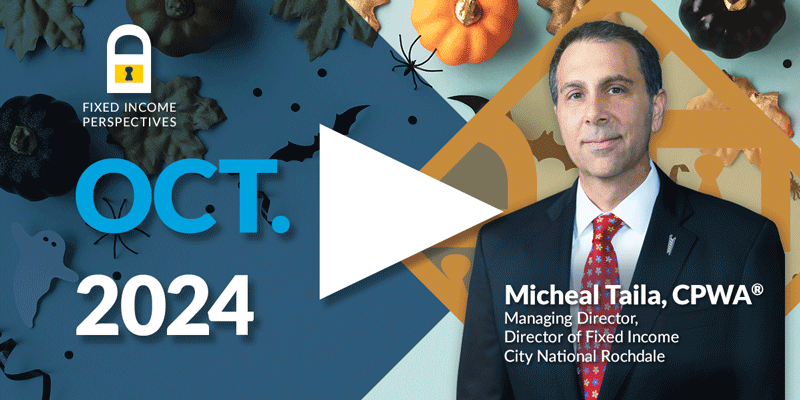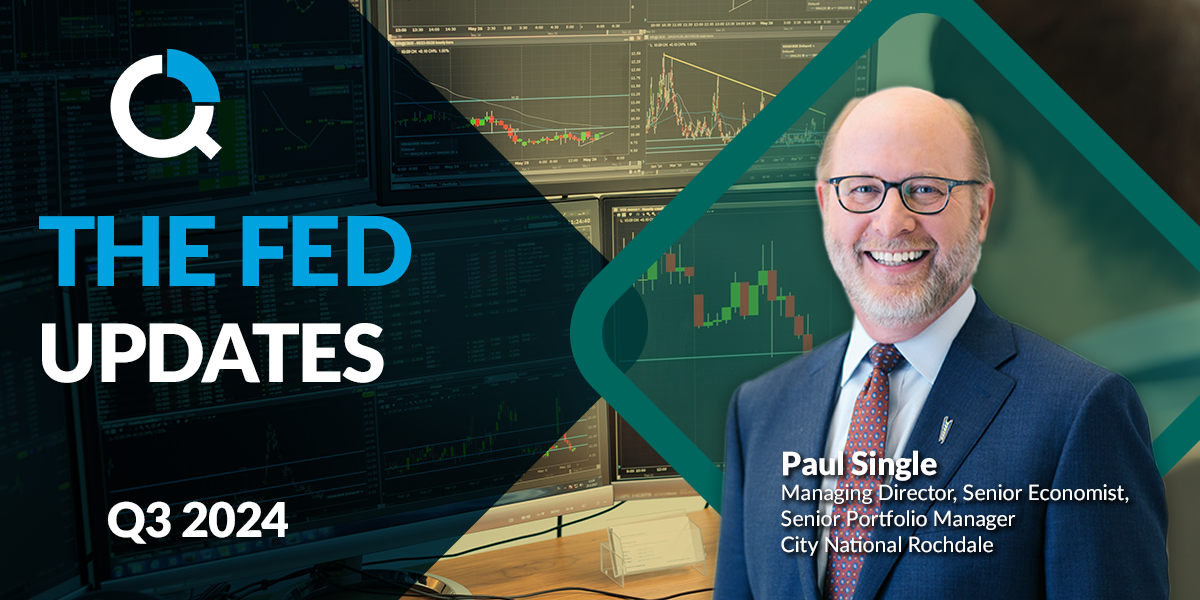

FAQs on the Markets and Economy
When will the Fed begin raising interest rates?
The geopolitical issues in Europe are an important issue that may impact the Fed’s plan for raising interest rates. The confrontation is creating a very dire humanitarian crisis.
At this stage, we do not know how long it will last or the economic ramifications. Aside from that, we know what Fed officials have been telling the market over the past few weeks.
Minutes of the Fed’s January meeting were released last week, and they offer the view that the committee is ready to make changes in monetary policy beyond what they projected back in December.
The Fed plans to begin raising the federal funds rate at their March 15-16 meeting. The median funds rate now stands at 0.125%, and the neutral rate is around 2.5% when inflation is at 2.0%. The Fed will eventually bring the funds rate up toward that level, but not right away. They are walking a razor’s edge - if they move too quickly, they may spook the markets, and if they move too slowly, inflationary fears may become more pronounced.

How well did the economy do during the omicron outbreak?
The January data is starting to be released and is showing the economy fared well, despite the recent outbreak of COVID-19.
The employment report was robust, payrolls grew 467,000 in January and there were strong revisions to previous months. The big surprise was in retail sales, jumping 3.8% for just January, the largest gain since last spring when stimulus checks were sent out.
January sales were expected to be very strong, but this report still surprised to the upside. Gains were broadly based, with eight of the 13 categories increasing. Clearly, the skyrocketing omicron cases did not impact goods purchases. The January gain was a significant reversal from December’s decline of 2.5%. The yearly change now stands at 13.0% and the dollar amount at an all-time high (see chart). For comparison, in the 10 years before the pandemic, the yearly change in retail sales averaged 4.3%.
Before this report, analysts had expected consumption to be relatively weak in Quarter 1, based on spending patterns in November and December. However, that has changed; this report shows that consumers are willing to spend money, and analysists have upgraded Quarter 1 growth forecasts. Based on this report, the Atlanta Fed increased their Quarter 1 Gross Domestic Product (GDP) forecast to 1.5% from 0.6%.

Why have dividend stocks been outperforming this year?
Dividend stocks as represented by the Dow Jones Select Dividend Index have outperformed the S&P by almost 10% so far this year. There are several factors involved, but much can be attributed to the fact that dividend stocks with attractive yields tend to be value stocks.
At the point in the cycle where inflation corresponds with rising rates, valuation multiples tend to come under pressure. On a relative basis, that provides greater downside protection for value stocks relative to higher multiple growth stocks.
Higher rates increase the discount rate implicitly used to value the cash flows of long-duration growth stocks. When reflected in valuation multiples, this manifests itself in growth stock multiples falling, and sometimes, as we’ve recently seen, more than offsetting the earnings growth from the otherwise robust economic backdrop.
The backdrop for dividend stocks remains attractive. In our 2022 outlook, we highlighted the fact that valuation spreads between dividend stocks and the S&P 500, similar to valuation spreads between value and growth stocks, were at historically wide levels and that some mean reversion was likely this year.

How will Fed hikes impact the muni market?
Anticipation of upcoming Fed rate hikes has led to a rocky start to the year for the municipal market, with the Bloomberg Broad Muni Index down 3.3% through February 22, 2022.
The negative returns are the result of a rapid move higher in yields as the markets have adjusted to the Fed’s evolving outlook that swifter action will be needed to control inflation. While more volatility is expected until the pace of the Fed moves becomes clear, there is a silver lining to be found.
Looking back to last summer, with market expectations for one to three rate hikes implemented gradually throughout 2022, extraordinary demand for municipals combined with low levels of supply resulted in overly tight valuations. For example, as the table shows, the typical 10-year AAA bond was yielding just 82 bps and valued at 69% of the comparable Treasury vs. a long-term average of close to 90%.
With the market already pricing in at least six rate hikes by year end, yields have moved up significantly and valuations are closer to historical averages. Ten-year AAA munis are now yielding over 1.6% or 86% of Treasuries. Credit fundamentals remain strong and the tax rate environment should continue to be supportive. The market pullback is allowing us to put excess cash to work at attractive levels, giving us the opportunity to boost the income-generating power of our portfolios. While returns so far in 2022 have been unpleasant, patient investors will be rewarded down the road.

Important Disclosures
Index Definitions
Dow Jones Select Dividend Index: The Dow Jones U.S. Select Dividend Index looks to target 100 dividend-paying stocks screened for factors that include the dividend growth rate, the dividend payout ratio, and the trading volume. The components are then weighted by the dividend yield.
S&P 500 Index: The S&P 500 Index, or Standard & Poor’s 500 Index, is a market-capitalization-weighted index of 500 leading publicly traded companies in the U.S. It is not an exact list of the top 500 U.S. companies by market cap because there are other criteria that the index includes.
Muni Bond: A municipal bond is a debt security issued by a state, municipality or county to finance its capital expenditures, including the construction of highways, bridges or schools. These bonds can be thought of as loans that investors make to local governments.
Bloomberg Barclays U.S. Corporate High Yield Bond Index: measures the USD denominated, high-yield, fixed-rate corporate bond market.
Important Disclosures
The information presented does not involve the rendering of personalized investment, financial, legal, or tax advice. This presentation is not an offer to buy or sell, or a solicitation of any offer to buy or sell, any of the securities mentioned herein.
Certain statements contained herein may constitute projections, forecasts, and other forward-looking statements, which do not reflect actual results and are based primarily upon a hypothetical set of assumptions applied to certain historical financial information. Certain information has been provided by third-party sources, and although believed to be reliable, it has not been independently verified, and its accuracy or completeness cannot be guaranteed.
Any opinions, projections, forecasts, and forward-looking statements presented herein are valid as of the date of this document and are subject to change.
There are inherent risks with equity investing. These include, but are not limited to, stock market, manager, or investment style risks. Stock markets tend to move in cycles, with periods of rising prices and periods of falling prices.
Investing in international markets carries risks such as currency fluctuation, regulatory risks, and economic and political instability.
There are inherent risks with fixed income investing. These may include, but are not limited to, interest rate, call, credit, market, inflation, government policy, liquidity, or junk bond risks. When interest rates rise, bond prices fall. This risk is heightened with investments in longer-duration fixed income securities and during periods when prevailing interest rates are low or negative.
Investing involves risk, including the loss of principal.
As with any investment strategy, there is no guarantee that investment objectives will be met, and investors may lose money.
Past performance is no guarantee of future performance.
This material is available to advisory and sub-advised clients, as well as financial professionals working with City National Rochdale, a registered investment advisor and a wholly-owned subsidiary of City National Bank. City National Bank provides investment management services through its sub-advisory relationship with City National Rochdale.
Stay Informed.
Get our Insights delivered straight to your inbox.
Put our insights to work for you.
If you have a client with more than $1 million in investable assets and want to find out about the benefits of our intelligently personalized portfolio management, speak with an investment consultant near you today.
If you’re a high-net-worth client who's interested in adding an experienced investment manager to your financial team, learn more about working with us here


